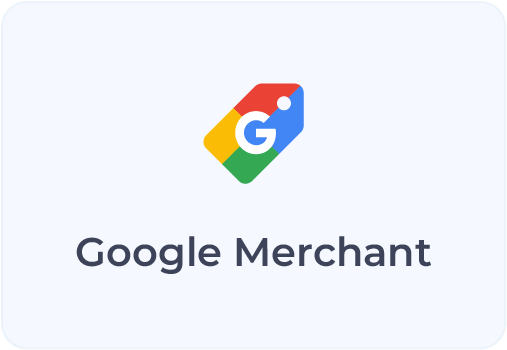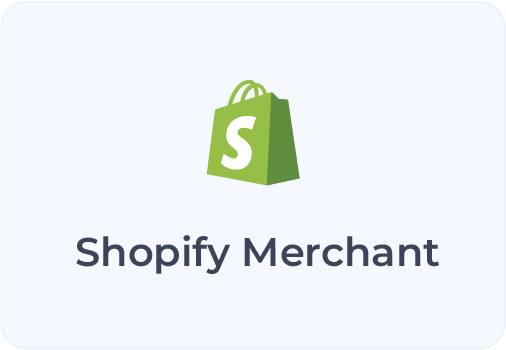There is no doubt that pricing optimization plays an essential role in attracting an audience to a business platform. Therefore, business owners and manufacturers need to make careful decisions about the price of their goods online.
The experts in the industry have developed some trusted pricing optimization strategies. However, businesses need to choose the best one to lead their brand ahead of the competitors around. The right pricing strategy can help a business determine the most profitable price point for its products while maximizing sales and profits. One needs to consider several factors while setting prices for their products, such as target customer base, positioning strategies, competitor offerings, distribution, and production cost.
Here we have highlighted the five most popular pricing optimization strategies. Spare some time to go through the details below to choose the best one for your business:
Cost-plus pricing
Here is the simplest method for identifying the price point for the business. The manufacturer makes something and sells it above the amount that they spent on making it. Many companies follow this strategy. First of all, they determine product cost, estimate profit margin and then decide the selling price. This strategy requires the least market research and doesn’t even consider consumer demands or competitor pricing.
Competition-based pricing
This strategy is all about copying the pricing model of your competitors. While following this strategy, the businesses need to observe the product prices on their competitor’s website and then adopt the same numbers to sell products on their platform. Although this strategy can help you make some profits, you may miss several awesome growth opportunities in the market.
Value-based pricing
A value-based pricing strategy needs businesses to determine customers’ willingness to buy a certain product. Observations state that most pricing strategies forget to consider customer intentions, and it may cause losses to the business. Generally, customers don’t care about the difference in cost of the product on your and the competitor’s platform; instead, their main perspective is to estimate what value they are receiving by paying a specific price. When you focus on customer preferences, it gets easier to improve your pricing strategy, and it can further enhance the loyal customer base on your platform.
Price skimming
Price skimming is all about setting rates high at the introductory phase so that business profits can be maximized on launching a new niche. However, once the product builds an impression in the market, it starts lowering its price gradually. This is done strategically after price monitoring when the competitor goods start appearing in the market. Price skimming strategy allows businesses to make profits from early adopters while proving themselves a leaders in the market.
Dynamic pricing
Decades ago, companies preferred following a fixed price policy to sell goods in the market, and it was often successful due to the lesser number of competitors around. But as the competitive forces started getting tougher, brands these days are considering dynamic pricing strategies. It allows intelligent adjustment of product prices while focusing on the needs of target customers. The idea is to adjust product prices as per the demands in the market.
You can follow any of these pricing optimization strategies for setting up the price of your products online.






